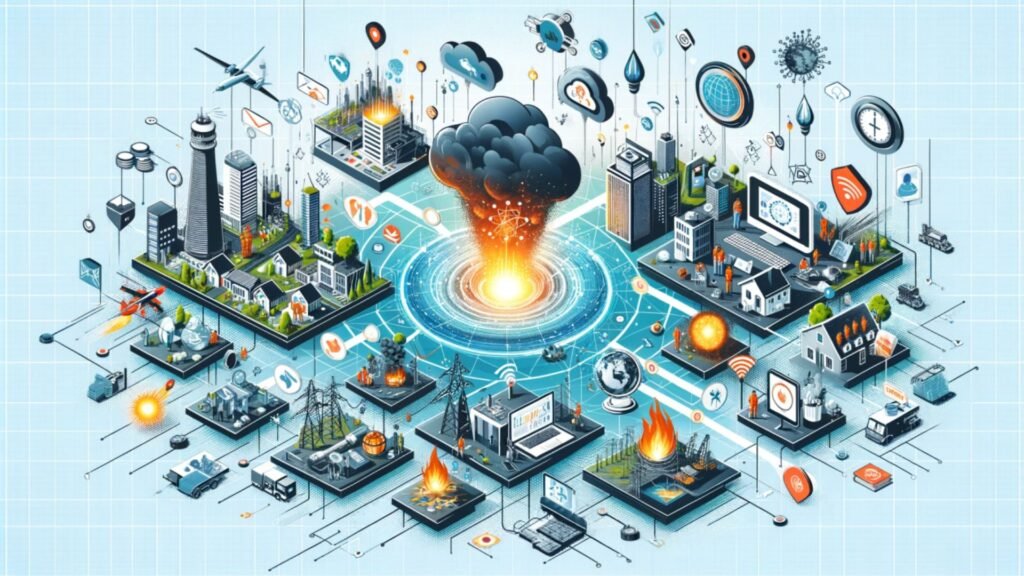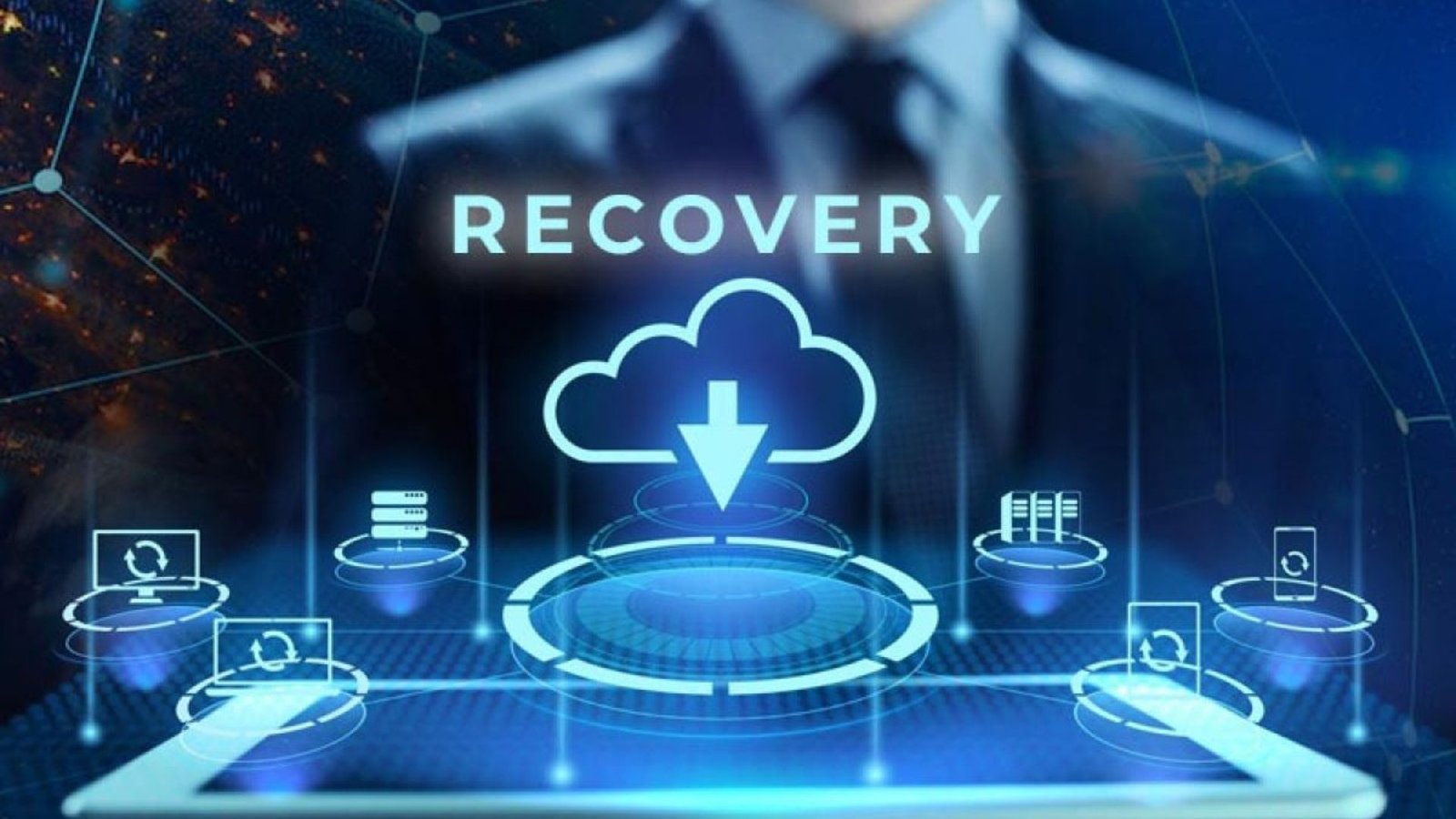The Role of Technology in Disaster Management
Technology plays a crucial role in enhancing disaster management strategies worldwide, from early warning systems to real-time response coordination and recovery efforts.

Introduction to Disaster Management and Technology
In recent years, the intersection of technology and disaster management has significantly transformed how societies prepare for, respond to, and recover from natural and man-made disasters. This article explores the multifaceted ways in which technology contributes to each phase of disaster management.
Early Warning Systems
One of the primary applications of technology in disaster management is early warning systems. These systems utilize various technologies such as satellites, sensors, and data analytics to monitor environmental conditions and detect potential hazards. For instance, seismic sensors can detect earthquakes in real-time, enabling authorities to issue timely warnings to communities in affected areas. Similarly, meteorological satellites track weather patterns and predict severe storms, allowing for preemptive evacuation measures.
Communication and Coordination
During disasters, effective communication and coordination are critical for swift and efficient response efforts. Technology facilitates communication among response teams, government agencies, non-governmental organizations (NGOs), and affected communities. Communication tools such as mobile phones, two-way radios, and satellite communication systems enable real-time information exchange and coordination of rescue operations. Moreover, social media platforms and crisis mapping tools empower individuals to report their status, request assistance, and disseminate critical information to a wider audience.
Data Analytics and Predictive Modeling
Advancements in data analytics and predictive modeling have revolutionized disaster management strategies. By analyzing vast amounts of data collected from various sources such as sensors, social media, and historical records, experts can forecast disaster scenarios with greater accuracy. Predictive modeling techniques help authorities anticipate the intensity and impact of disasters, allowing for proactive planning and resource allocation. For example, flood modeling can predict flood-prone areas and guide urban planning decisions to mitigate risks.
Remote Sensing and GIS Mapping
Remote sensing technologies, including satellite imagery and unmanned aerial vehicles (UAVs), provide valuable insights into disaster-affected areas. High-resolution satellite images enable damage assessment, identification of infrastructure vulnerabilities, and assessment of access routes for relief operations. Geographic Information System (GIS) mapping tools integrate spatial data to create detailed maps that aid in situational awareness, resource distribution, and evacuation planning.
Resilience and Recovery
Technology also plays a crucial role in enhancing community resilience and facilitating post-disaster recovery. For instance, digital platforms and mobile applications enable affected individuals to access recovery assistance, apply for relief funds, and connect with support services. Additionally, 3D printing technology can rapidly produce temporary shelters and essential supplies in disaster-stricken areas, accelerating recovery efforts.
Challenges and Future Directions
Despite its numerous benefits, integrating technology into disaster management faces challenges such as infrastructure limitations, digital divide issues, and data privacy concerns. Moreover, rapid technological advancements necessitate continuous training and capacity-building for emergency responders and stakeholders. Looking ahead, ongoing research and innovation in artificial intelligence (AI), machine learning, and blockchain technology hold promise for further enhancing disaster preparedness, response, and recovery capabilities.
Conclusion
In conclusion, technology serves as a cornerstone in modern disaster management, empowering stakeholders with tools and capabilities to mitigate risks, improve response coordination, and expedite recovery efforts. As societies continue to face evolving threats, harnessing the potential of technology will be essential in building resilient communities and safeguarding lives and livelihoods during times of crisis.



